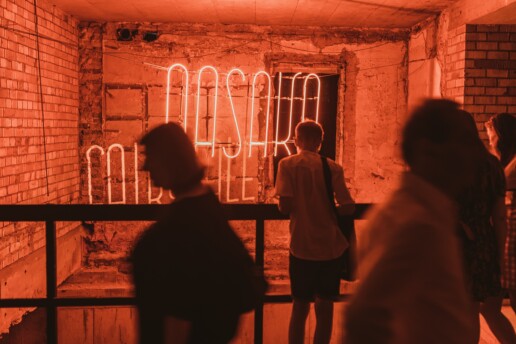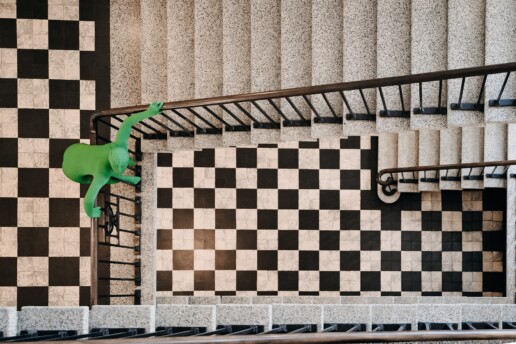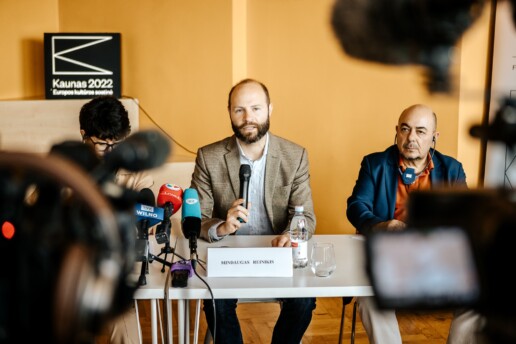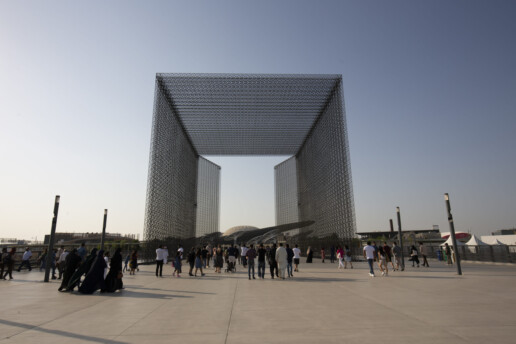Kaunas 2022 to Gather Litvaks From all Over the World to Their Ancestral Land
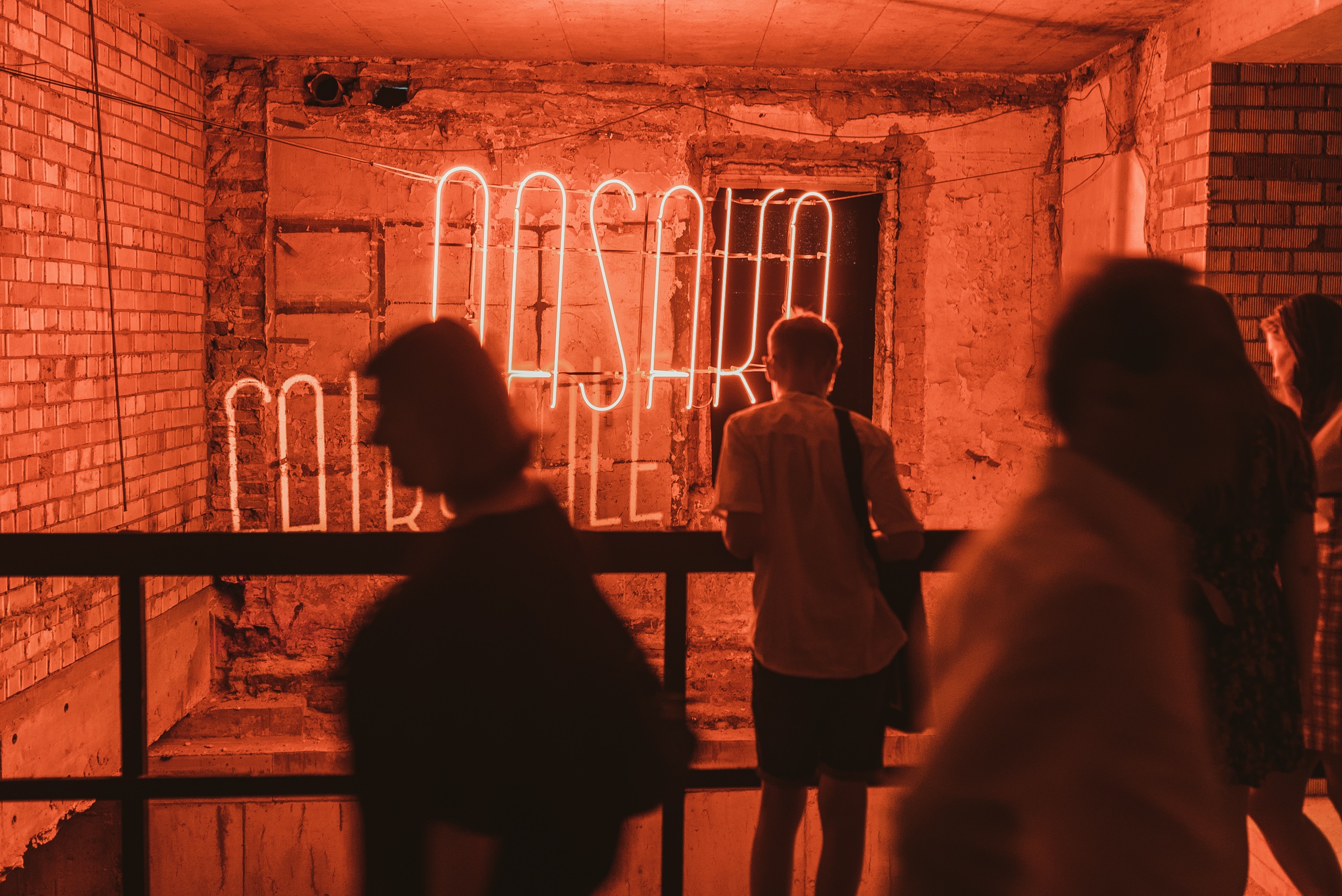
“For me, this forum is like a wrap-up of the entire Jewish memory programme of Kaunas - European Capital of Culture. It is the culmination of our many years of efforts to build bridges of cooperation and dialogue,” says Daiva Price, the initiator of the Litvak Culture Forum and the curator of the Kaunas 2022 programme Memory Office. The event will welcome Litvaks returning to their ancestral land or arriving here for the first time on 29-30 September.
Before the First World War, about 2 million Litvaks - the name used by Jews of the region - lived in the former lands of the Grand Duchy of Lithuania, in the eight provinces of the Russian Empire. 2 million is 12% of the population. In Kaunas or Kowno, the centre of the gubernia, the Jewish population was as high as 35.32%, and today it’s just a few hundred people.
The Litvaks spread worldwide in the second part of the 19th - the beginning of the 20th century. They remained the smallest Jewish group after the Holocaust. Today, Litvaks live in Israel, the USA, South America, South Africa and other countries. Many of them have roots in Kaunas. As the European Capital of Culture 2022, the city is hosting the forum as the first event of such kind.
The two-day event in the Great Hall of Vytautas Magnus university will feature a rich cultural programme and discussions between renowned artists, scholars and representatives of the world of culture on what it means to be a Litvak and the search for a common Lithuanian and Jewish identity. It will ask whether art helps us to remember and whether perpetuating memory can help us to build a better future and promote openness and dialogue.
The Litvak Culture Forum is part of the Kaunas 2022 CityTelling Festival, which will run until November. According to the curator of the Memory Office programme, the leitmotif of this year’s festival - a journey home - means not only a more profound knowledge of the city, its history and oneself in it but also perhaps the first visit to the land of one’s ancestors. A land that was too painful to enter for years. This has happened to some world-renowned artists featured in Kaunas 2022, such as William Kentridge. His exhibition at the National M. K. Čiurlionis Museum of Art is busy throughout the year.
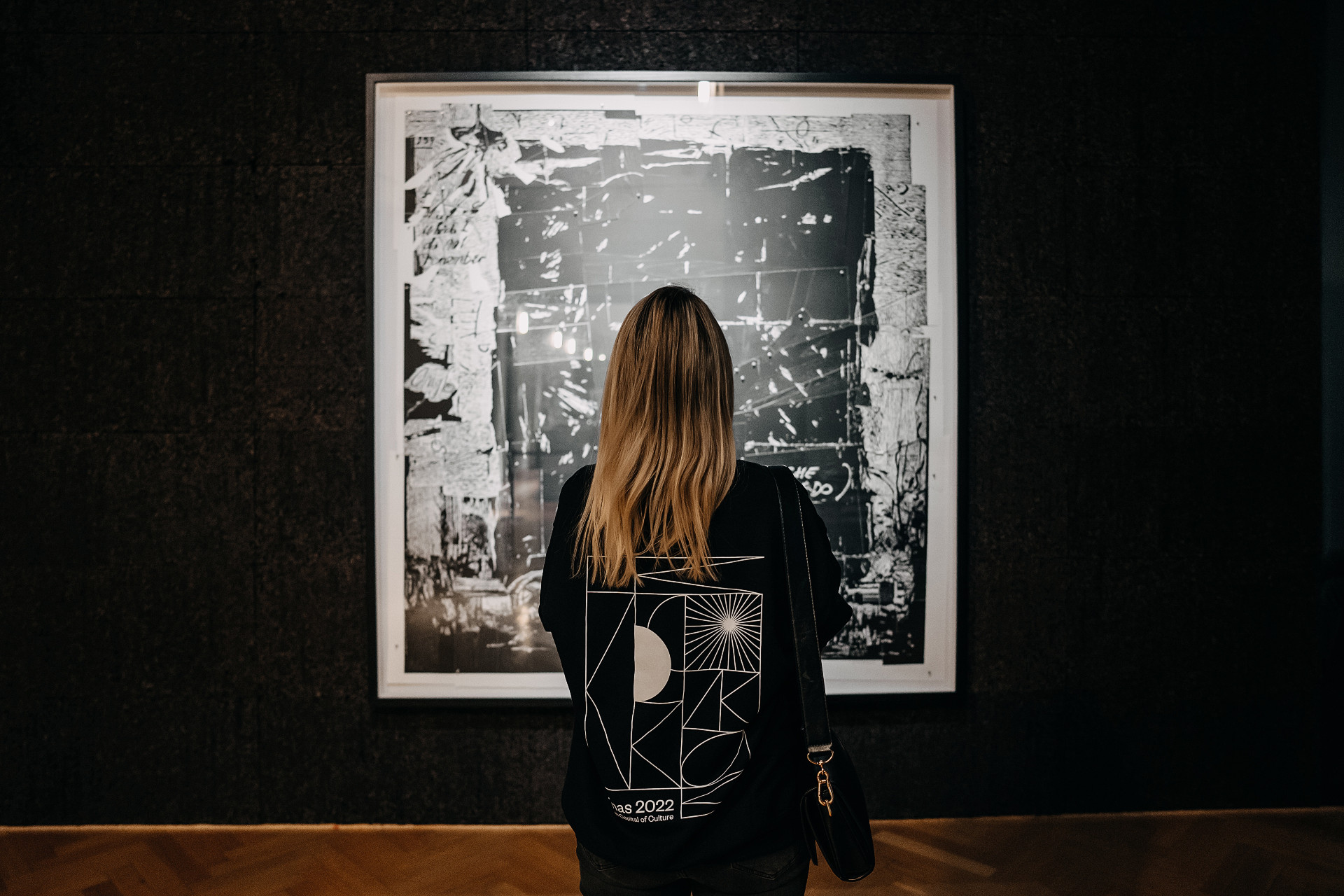
This year has also been an opportunity for artists such as Jenny Kagan, Philip Miller, Bruce Clark, Marilia Destot and others to come and return to their ancestral land with their art. Many of them will share their experiences in the programme of the Litvak Cultural Forum. They will be joined by stars from the academic world, members of the Advisory Board of the Litvak Cultural Forum - Prof. Antony Polonsky, Prof. Peter Salovey, Prof. Tsvia Walden and others.
The two-day Forum programme will be enriched by exhibitions, performances and concerts dedicated to Jewish memory. The calendar includes events such as the interactive exhibition “Out of Darkness” by the UK artist Jenny Kagan, the Threshold installation route reminiscent of the Mezuzah tradition by Jyll Bradley, a photographic exhibition of the interwar photographers Mausha Levi and Shimon Bayer, and the paintings of Simon Karczmar. On 29 September, a concert of Yiddish songs by Marija Krupoves will take place at Žalgirio Arena, dedicated to the Jewish memory of the city and the unique spirit of Kaunas.
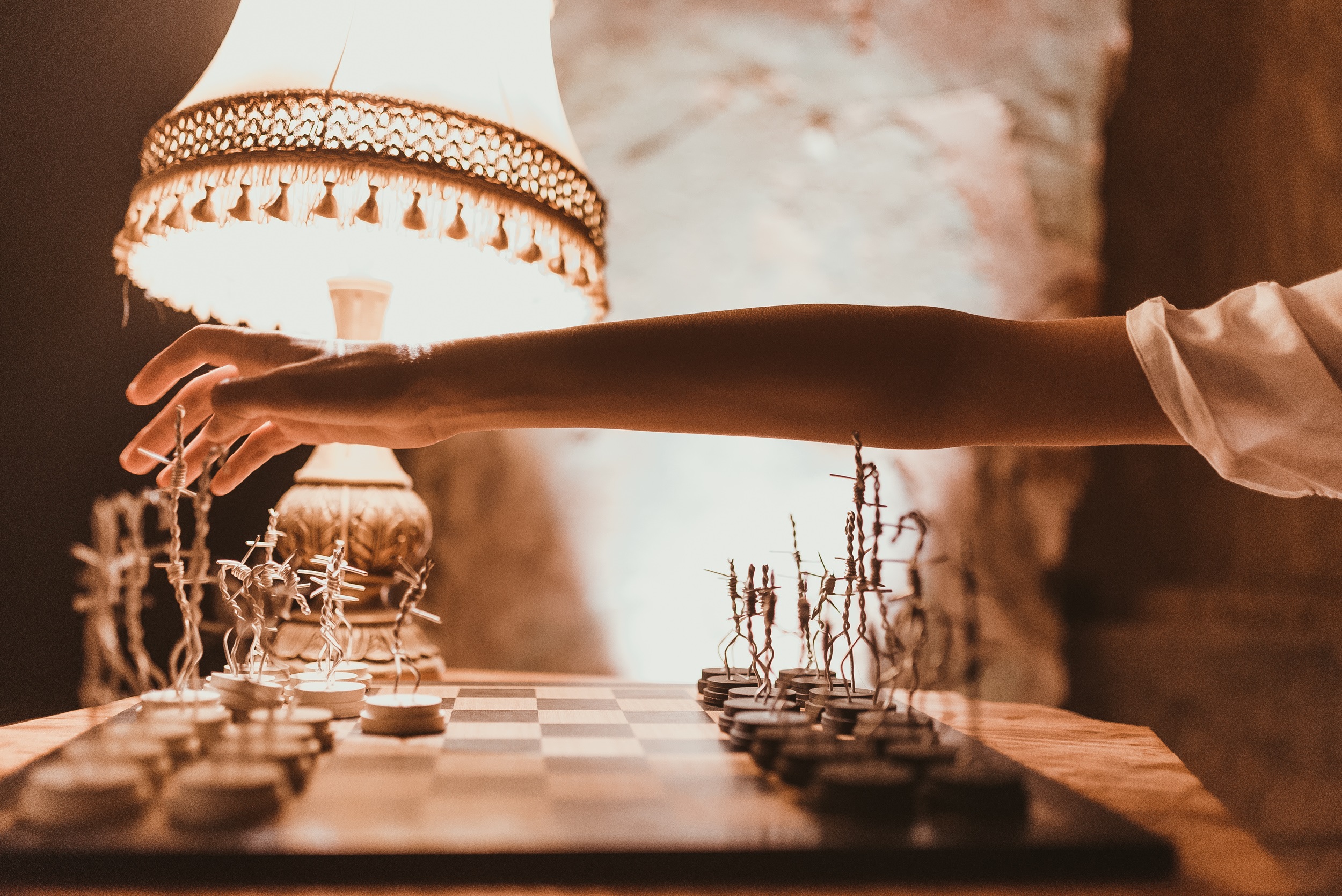
On 30 September and 1 October, a special premiere which took a few years to prepare will be held. It is the Kaunas Cantata by the South African composer Philip Miller and Jenny Kagan. In the language of music, texts and images, it tells the complex story of historical upheavals, the Holocaust, deportations and personal traumas, and the traces they have left in the lives of generations and individuals. A spectacular labyrinth of music and images is created in collaboration with Lithuanian and foreign artists of various genres.
The premiere will be performed at Žalgirio Arena by more than 200 musicians, the Kaunas City Symphony Orchestra, professional and community choirs and ensembles. “The cantata invites us to open up difficult and traumatic themes, and it invites us to confront ourselves, to talk about difficult choices in the face of dramatic events. It is therefore particularly relevant in the context of today’s war,” says Ms Price.
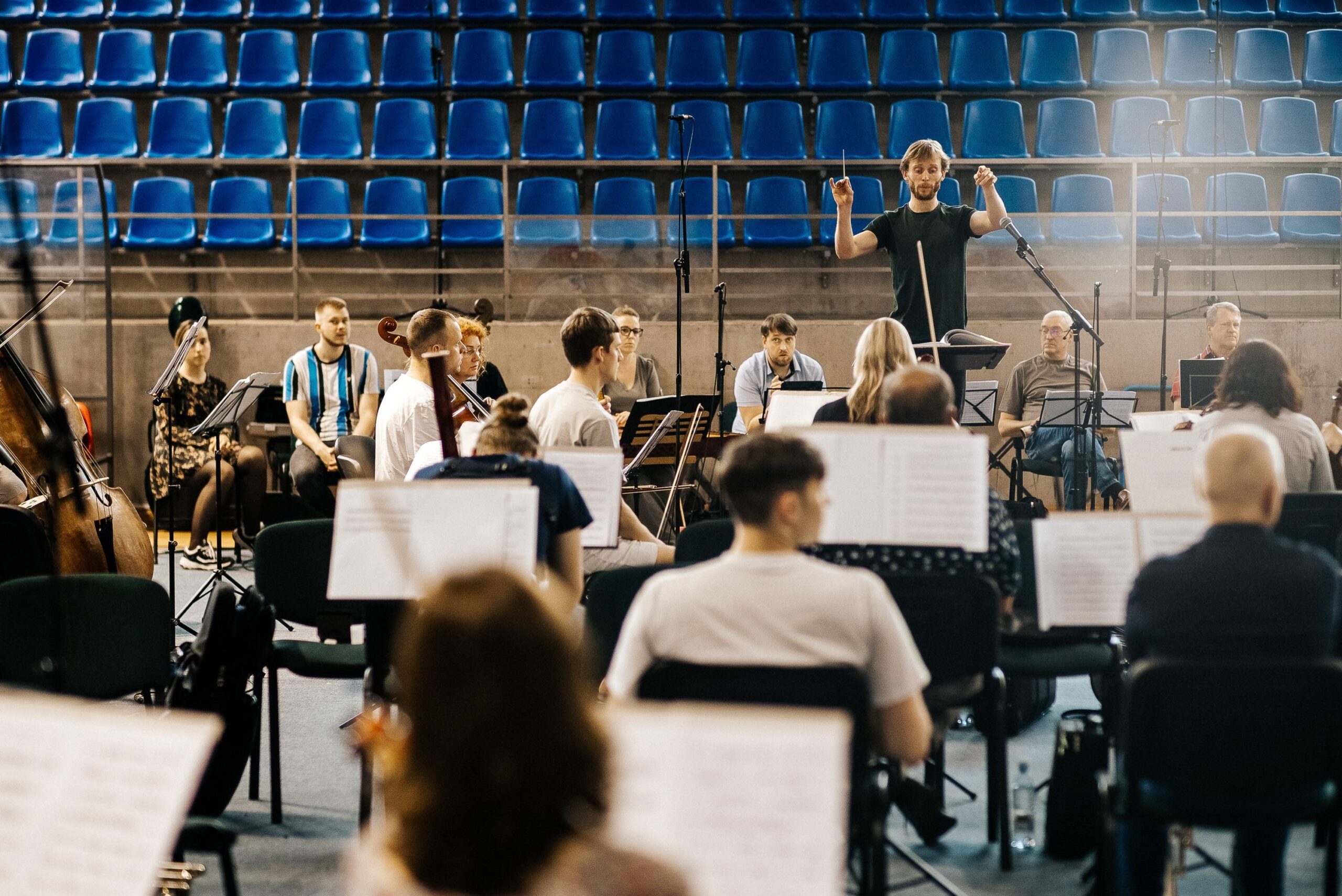
The patron of the Litvak Cultural Forum is Prime Minister Ingrida Šimonytė. Honorary Patrons are Prof. Liudas Mažylis and Faina Kukliansky, President of the Lithuanian Jewish Community. The forum is partnered with Vytautas Magnus University and Kaunas Jewish Community.
The Kaunas 2022 Litvak Culture Forum programme is available here, and registration is now open. For the complete Kaunas 2022 programme, please visit www.kaunas2022.eu or the mobile app.
Curator of Modernism for the Future Program: “Kaunas is Waking up and is Becoming More Open to new Experiences”
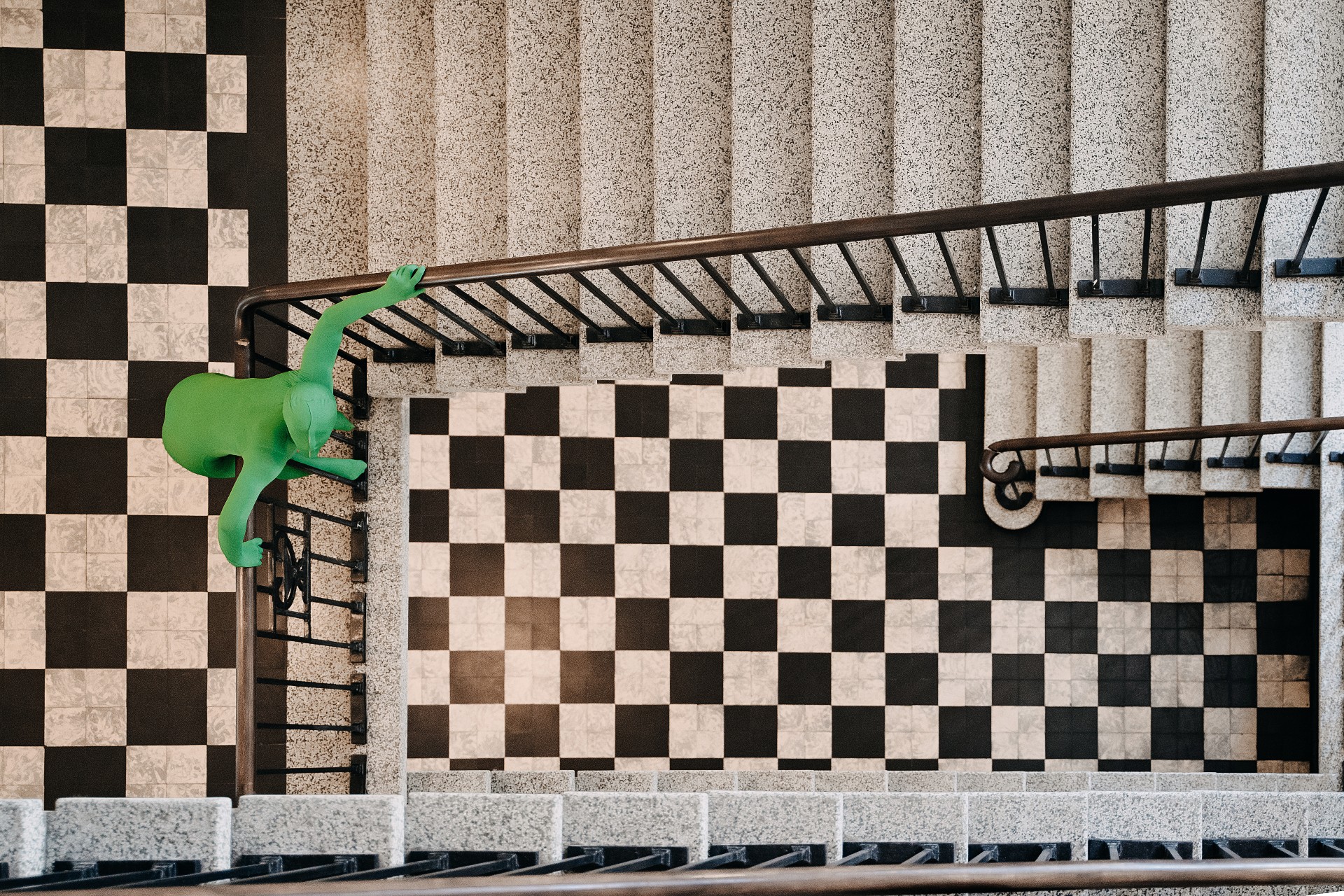
Architectural historian Dr Viltė Migonytė-Petrulienė will undoubtedly remember 2022 for the rest of her life. Curator of the architecture and heritage program Modernism for the Future of the project “Kaunas - European Capital of Culture 2022”, together with her team of assistants, this year turned the Kaunas Central Post Office into the Architecture Centre for several months, spread the message of optimistic Kaunas modernism all over the world, and now it is waiting for the world right here, in Kaunas. In September, the city will host the international conference Modernism for the Future. It will also include the premiere of a very special film, “Folds/Pleats”. What’s more, at the end of last year, the academic also published a monograph “Weekend Cities and Suburbs” about resorts in Lithuania! This time we left the topic of holidays aside - there was barely enough time to discuss the modernist movement, which has been rapidly growing for five years now.
What do you personally consider to be the greatest success of this program? Maybe it’s one small event, or maybe it’s your own new skills, acquaintances or even future projects?
Personally, the experience. I have never worked on a more interesting project, with so many opportunities and challenges, with such a professional team. Of course, not all the activities of the program had a smooth start, and not all the nights were for sleep, but all the experiences are worthwhile and precious. I would like to believe that our partners and the citizens of Kaunas will take away a similar feeling. When I started curating Modernism for the Future in 2018, I already saw how well the program had been strategically designed, how the target groups of activities had been logically distinguished, covering different audiences, how ambitious the goals had been set, and how the only thing left to do was to think about the means to achieve them, to try out new tools. It is true that we did not have a magic formula for success; we did not know what would work and what would not in our environment, and in the context of the European Capitals of Culture, exploring and interpreting architecture and heritage was not and is still not a common practice.
The biggest motivation was that Kaunas already had international recognition, having received the European Heritage Label in 2015, and various community initiatives such as guided tours etc. were gaining momentum alongside this. It was both a gift and a responsibility at the same time. We invited cultural organisations from Kaunas and other cities to share it. Despite the fact that we have been working hard for all five years, the first strong feeling that the program was really working was after the initial call for partners to apply for all the Capital of Culture branches. I feel that the idea of Modernism for the Future is a real success when I finally attend the partners' events this year. All of them are a seamless story of the success of the program and of different experiences. I have great faith in that.
Which partner events will you remember as highlights?
All of them! I couldn't have dreamt of better content for modernism. The partners’ programme covers a very broad audience, with different interests and age groups. From projects for architecture professionals and enthusiasts, such as: publishing a book on interwar architect Arnas Funkas (M. K. Čiurlionis National Museum of Art), a tactile interactive pavilion of architectural cognition created with the blind and visually impaired, the exhibition “Architecture of Lust” decoding the lustful secrets of the modernist city, or the Kaunas Architecture Festival (Lithuanian Architects’ Union), which brings together intercontinental architectural ideas, and the International Summer School (KTU), which brings together the most relevant themes of global contemporary architecture… To exhibitions presenting impressive photographic personalities (Kaunas Photography Gallery), art objects inspired by the stories of modernism in the city’s public spaces (Lithuanian Artists’ Union), presentations, lectures, exhibitions aimed at expanding the geographic boundaries of modernity, performances (Kaunas Artists’ House), experiential tours (“Ekskursas”, Kaunas Dance Theatre “Aura”), or forward-thinking music festival at a metal factory “Optimismo”, and world music concerts (GM Gyvai), spread across various spaces in Kaunas and Kaunas district.
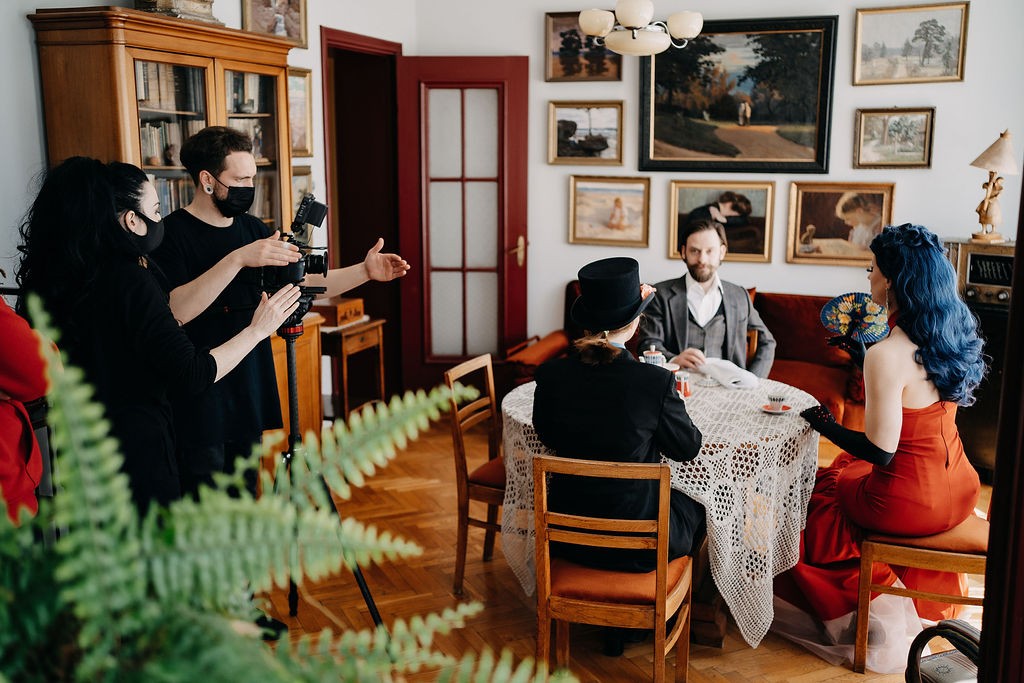
In January, the official start of Kaunas – European Capital of Culture was kicked off with the opening of the exhibition “MoFu 360/365”. In the context of the international exhibition and the whole program, the number 360 symbolises all possible perspectives on modernism: cultural, political, economic, and so on. Meanwhile, the number 365 refers to our attention to everyday heritage. How did you and your team manage to implement the 360/365 formula?
I have always seen the program as a platform for community and cross-sectoral heritage experiences, where we all learn, have the right to make mistakes, disagree, discover and co-create, and share the responsibility to make modernism even more understood, noticed and appreciated. I must confess that working directly with the community has never been a comfort zone for me, so I am extremely grateful to the team members who have taken the lead in reaching out to the local population. Žilvinas Rinkšelis and his team of volunteers have visited many modernist apartments, filmed dozens of interesting stories, and described hundreds of buildings on the Modernism for the Future website. In this way, the concept of the heritage of everyday life, encoded in the numbers 360/365, gradually took on a clearer form.
Yes, the number 360 means all possible perspectives of modernism: cultural, social, etc. They were touched upon not only in personal conversations with residents and public discussions but also in artistic interpretations made by artists from different fields of study about 20th-century architecture and the complexity of ideas that it represents, as well as about the different fates of buildings and society. In other words, the collected authentic testimonies about Kaunas Modernism became an inspiration for the creation of a new narrative and language that could be understood by a wider audience.
Meanwhile, the number 365 is intended to draw attention not only to the representativeness of churches, museums and other institutions but also to the architecture of everyday life: residential houses, industrial buildings or places of leisure. Was the language of modernist interpretations interesting to everyone? It would be naïve to think that everyone took in the heritage of this period and fell in love with it, just as everyone read or admired the messages conveyed by all the creators. This did not demotivate us but made us think more - how else can we do things? Where can we find the funds for the ideas?
I am glad that fortune was not standing there with its back turned and not far away, just waiting for a bigger effort, which paid off all four times with additional funding from Creative Europe and Interreg Europe. This has opened the door to international partnerships, inviting and welcoming artists from Ukraine, Belgium, the Czech Republic, Israel and other countries to tell a more coherent story of modernist architecture as a phenomenon experienced by Eastern, Central and Western European cities. There is also great support and enthusiasm from foreign embassies and the Lithuanian Cultural Institute. The result is still visible today. Right now, the Ukrainian artist Lia Dostlieva is visiting Kaunas for the whole month of August. Under the guidance of Monika Amyra Pociūtė, Lia is designing a futuristic costume that will combine the identity of the two cultures, in which she will also leave a message about the feeling of (at)building/(at)creating the future of her country.
How would you assess the involvement of Kaunas residents in their environment? Has it increased thanks to the initiatives of Modernism for the Future and its partners - excursions, exhibitions even for children, articles, videos, projects with dance and other arts... or has it sparked a greater love for the city? And is it love, or empathy, that is the feeling to talk about when it comes to the relationship between the city and the individual?
Kaunas is waking up and is certainly becoming more open to new experiences. I believe that inertia has been created by the activities of partners and the initiatives of citizens. Everything matters - the aforementioned excursions, international photography and architecture exhibitions, dance performances, intelligent contemporary and world music concerts, sculptural compositions that open up in unexpected spaces in the city, etc. Although there is a great deal of high-quality cultural content on the theme of architecture this year, I sometimes think that modernism as a phenomenon has a diminishing role to play here. Especially in the New Town, the cultural legacy of the interwar period is an ideal setting, which sometimes inspires, complements or assists, and sometimes helps to fulfil or reinforce the idea of the project, and adds a unique and significant touch to the art form. It clearly helps to increase knowledge, cultivate curiosity and understanding, and see the possibilities, which leads to a stronger emotional connection with one's surroundings. This leads to practical success in small or large heritage conservation processes. Some of them are linked to personal stories of love for modernism, others to political will and the pooling of intellectual resources.
One of the most anticipated events this year has been postponed because of the war in Ukraine. It is the inclusion of Kaunas modernist architecture in the UNESCO World Heritage List, which hasn’t happened because the UNESCO session in Russia was cancelled. What is the mood in your team regarding this issue?
Let’s be optimistic, though. While we are waiting and hoping for the capitulation of the aggressor, nobody is tying their hands to work together towards the preservation of heritage and the creation of a sustainable, quality city. UNESCO does not add value to the city, only notoriety, so it is the daily contribution and efforts of everyone that are important.
One of the highlights of the program, the stop motion film “Folds/Pleats” by Aideen Barry, has already been screened at several festivals abroad. What kind of response has the film received? What exciting things are planned for the premiere in Kaunas?
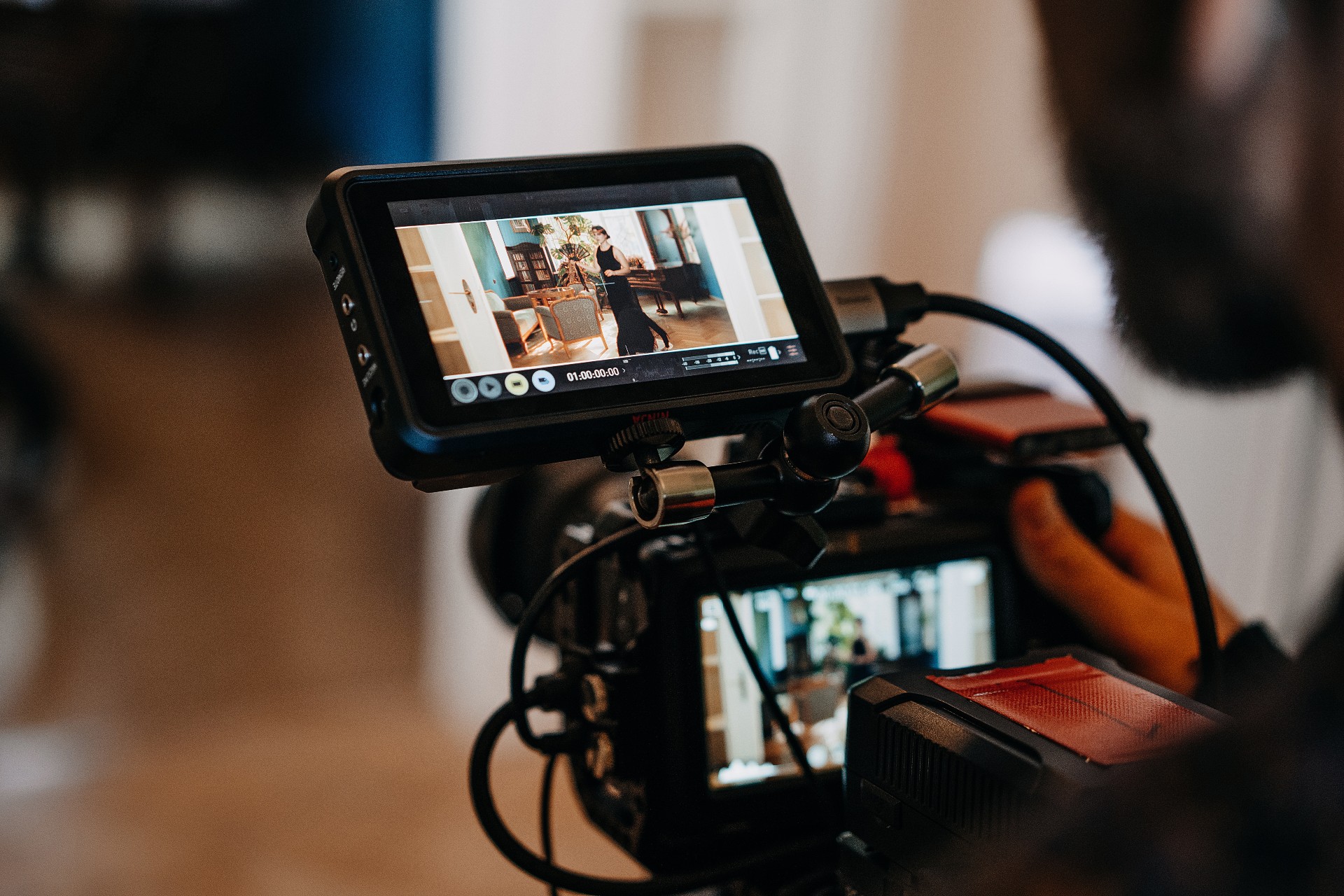
Firstly, I am glad to announce that the film, which has been screened since the beginning of the year on the big screens in Canada, England, Ireland and Italy, will finally be presented in Kaunas, at the historical Romuva cinema in September.
The organisers of the international festivals shared very positive feedback, and many spectators googled flight tickets to Kaunas right after screenings, as they became interested in the city’s history and cultural programme. Before the screenings, the audience was invited to read Sandra Bernotaitė’s text, in which the writer skilfully arranges the main accents of the film’s narrative, answering the question of what the role of architecture is as the main character and why the surrealistic aesthetics of the moving pictures is used, which arouses surprise and smiles. The premiere in Kaunas will be followed by an interesting conversation with the film’s director Aideen Barry, Sandra Bernotaitė and Rita Stanelytė, the film’s communications specialist who helped the film enter international festivals.
The project is also presented as a unique creative process that brought together more than 600 local people and professionals over a period of two years. The production of the film was accompanied by a pandemic, so its management was a huge effort for our team, and especially for the producer Ugnė Marija Andrijauskaitė. Enthusiasts of music, creative writing, stop-motion animation, and even food production students from the Kaunas Food Industry and Trade Training Centre, who, by the way, will invite the audience to enjoy a huge modernist cake after the screening of the film, were invited to get involved. Those who will not make it to the national premiere on 21 September will be able to see the film on 22-24 September. In the cinema foyer, viewers will be greeted by an experiential installation created by Aideen Barry, Povilas Vincentas Jankūnas and Mindaugas Barnatavičius.
Could you also reveal more about the upcoming Modernism for the Future international conference? How has it grown since the first edition in 2018?
The first conference, which was also the symbolic opening of the program, focused on the perception of the cultural value of the heritage of modernism and the search for the uniqueness of Kaunas, especially by drawing on the experiences of foreign countries. Among them, the video projects of Aideen Barry, who then visited Lithuania for the first time, were presented, as well as projects dedicated to sensitive social issues, contemporary creative and educational methods of heritage cognition applied by Sharon Golan Yaron at the Tel Aviv-Liebling House, discussion of the topic of national modernisms, which is also relevant to the Lithuanian context etc.
This year’s conference “Modernism for the Future. Interpretations” is scheduled for 21-22 and is the symbolic closure of our program. We will have much more to share ourselves. For five years, hundreds of citizens of the city and the district, dozens of cultural organisations and artists have worked, taught and given incredible experiences in the modern cultural heritage laboratory, and I believe that the two-day programme will be of interest and relevance to everyone.
The programme will span from creative workshops on the accessibility of heritage, to seminars on the role of contemporary interpretations based on the experience of Kaunas - European Capital of Culture, as well as topical conversations on the subject, presentations and discussions in the Žalgiro Arena with renowned New York artist, architect and heritage conservationist Jorge Otero-Pailos, architectural critic and researcher Grzegorz Piątek, architect, architectural historian, curator of architecture and art projects Ievgenija Gubkina, and many others. The programme also includes the opening of two exhibitions, the presentation of Marija Drėmaitė’s book on Arnas Funkas, and the premiere of the aforementioned stop-motion feature film. The symbolic farewell will therefore be very optimistic.
What plans does the Modernism for the Future team have for 2023 and beyond?
It is very difficult to talk or dream about the future, even if it is the near future, when there is so much work left to do with Vaiva Marija Bružaitė and other colleagues. I know that all modernists, whatever they do in the future, will have a special personal relationship with heritage. I can only wish them all that they do not lose their enthusiasm and do not get tired of sharing their lessons and experiences with others.
Kaunas 2022 team surprised MEPs: we have never seen this before
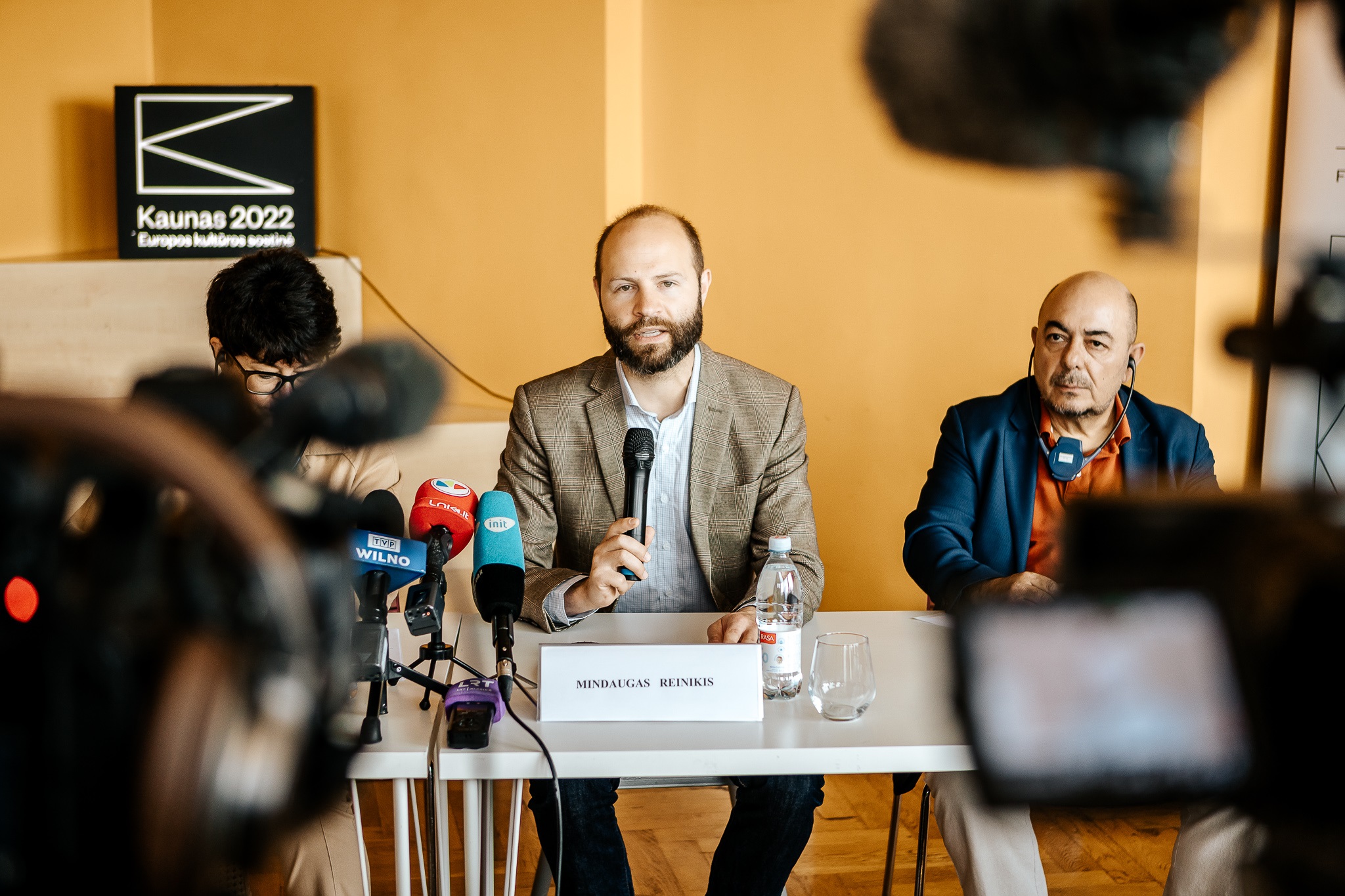
Kaunas – the 2022 European Capital of Culture attracts more and more attention and international visits. On July 18-20th the city received important guests – a delegation from the Committee on Culture and Education (CULT) of the European Parliament. They met with the representatives of the Ministry of Culture, Kaunas City Municipality and organizers of the Kaunas 2022 programme.
A delegation of six MEPs visited Kaunas for three days - they not only participated in the various meetings but also visited a considerable part of the ongoing events and exhibitions. According to S. Verheyen, the chairwoman of the CULT, the most important questions were the legacy of the programme and what awaits the city when the year of the Capital of Culture ends.
“Our goal was not so much to verify the facts, we wanted to see the long-term perspectives. It was clear that while hosting world-famous artists, Kaunas dedicated a lot of attention to the issues of city identity, community building, and inclusion of young artists. It is great to see how local communities, private and public sectors are joining the project. It is very important that local people are involved in the programme, so that the culture develops from the community itself, brings joy, and encourages people to participate,” said S. Verheyen.
In her speech, A. Verneyen emphasized multiple events and initiatives taking place in Kaunas and Kaunas district, the unique dredger boat “Nemuno7”, the modernist architecture of the city, and the involvement of former and current European Capitals of Culture in the programme.
The members of the delegation were also impressed that the city is not afraid to tell stories that often do not reach the public. “Untold stories, painful twists of the city's history must also be heard,” said N. Kizilyürek.
It is not the first year for Kaunas city and region to host these events - the programme has been developed together with local communities for five years. Kaunas region is holding events for the “Contemporary neighborhoods”, and the suburbs are enjoying festivals and the internationally acknowledged project “Culture to the Courtyards”. The Kaunas 2022 programme also aims to revive and turn various objects and spaces into new places of cultural attraction – the public art route “Emerald road” was opened in the Kaunas district, and the dredger boat “Nemuno 7” was turned into an exhibition space. In the former central palace of Kaunas Post Office, there is a space dedicated to Ukrainian artists and creatives named “CulturEUkraine”. Meetings, exhibitions, and other activities are organized at this center of open cooperation.
The attention of MEPs was also attracted by Mythical Beast of Kaunas
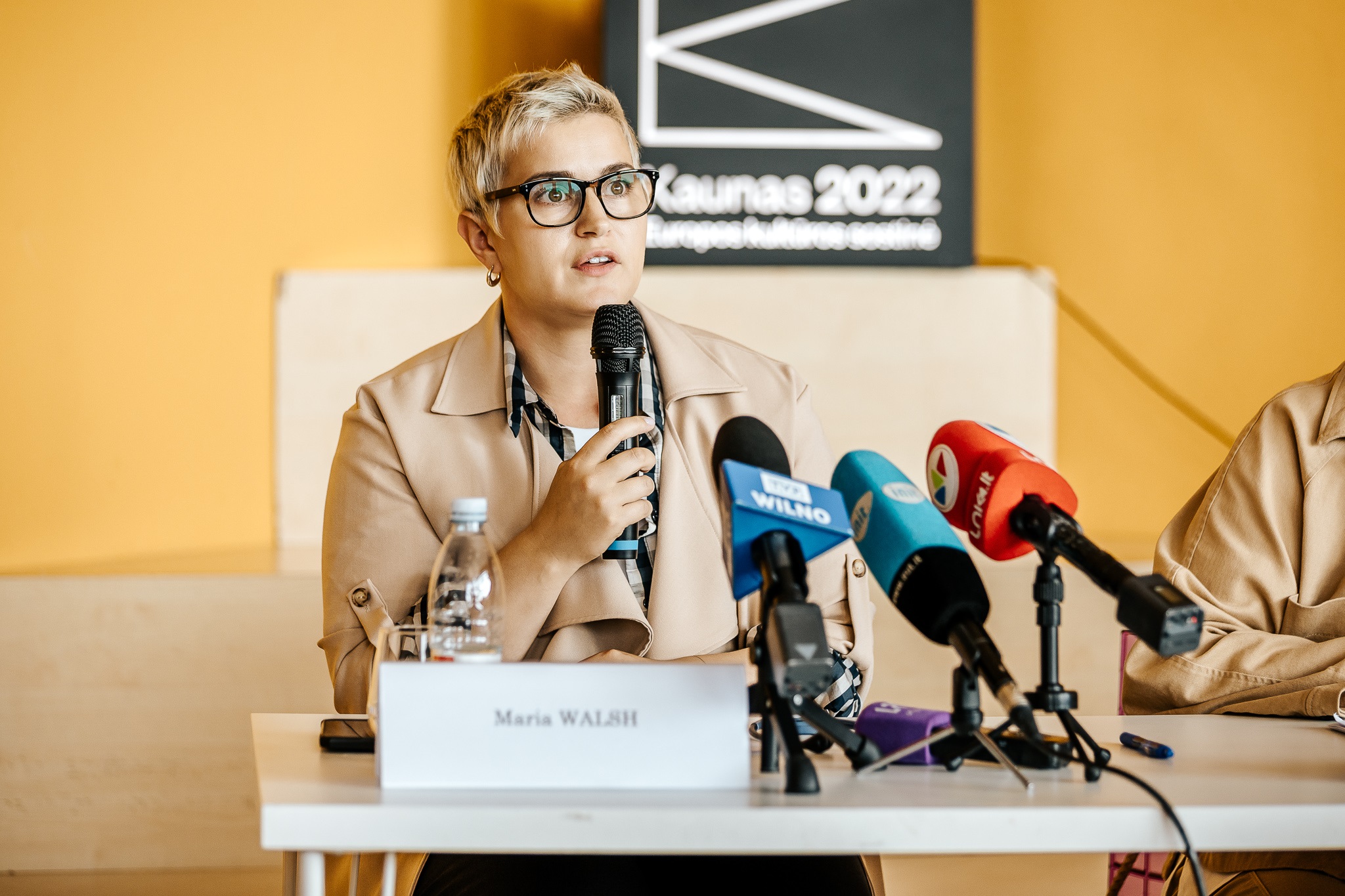
MEPs were very impressed by the Mythical Beast of Kaunas. Created by the community itself and becoming a myth and mascot of the city, the Mythical Beast of Kaunas is inseparable from the Kaunas 2022 programme. It also unites the three main events of the Capital of Culture – the “Confusion”, which opened the programme, the “Confluence” that flooded the city at the end of spring, and the “Contract” that will take place in the autumn. In the city, you can also see the sculpture of the Mythical Beast, the design of which was created by Darius Petreikis, the tooth of a mythical creature made by ceramicist prof. Remigijus Sederevičius, and in the entrances of Kaunas Castle you can hear the snoring of the Beast.
“We have never seen the myth associated with the European Capital of Culture. I think it's a great way to involve both children and adults,” Ms Verheyen said. “It is also very interesting that in many years' time people will remember this myth as their own, perhaps without even knowing that it was created in the year of the European Capital of Culture.”
The events will continue beyond the end of the European Year of Culture in Kaunas
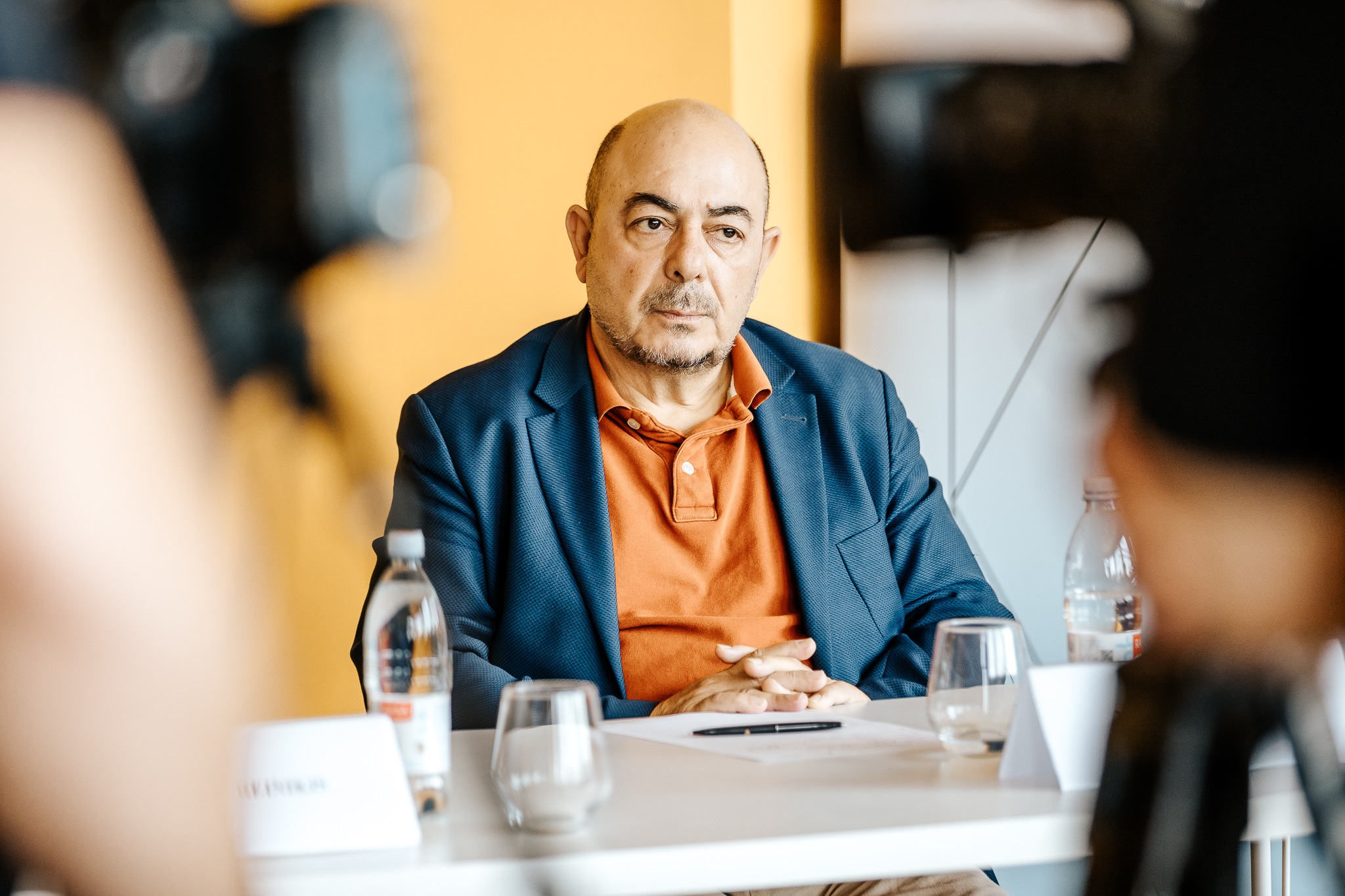
According to Mindaugas Reinikis, Head of Marketing and Communication at Kaunas 2022, Kaunas has grown into a contemporary capital of culture, therefore, even after the end of the year of the Capital of Culture, residents will continue to enjoy an active cultural life. Among the events planned for the future are the “Day of Happiness”, the festival “Audra”, the European Capital of Culture Forum, the community programme “Fluxus Labs!”, “Nemuno7” and other initiatives and events.
By the end of the year, Kaunas 2022 will invite you to multiple events and exhibitions. For the remaining months, Kaunas residents and guests of the city will be delighted by the international festival of performing arts “ConTempo”, “CityTelling Festival”, landscape design festival “Magenta”, “Fluxus festival”, Yoko Ono's retrospective “The Learning Garden of Freedom”, and a conclusion of these events by the last part of the trilogy the "Contract".
The delegation of the EP's Committee on Culture and Education consisted of Chairwoman S. Verheyen (European People's Party, Germany) and MEPs Niyazi Kizilyürek ("Left", Cyprus), Marcos Ros Sempere (Socialists and Democrats, Spain), Tomasz Frankowski (European People's Party, Poland), Maria Walsh (European People's Party, Ireland) and Irena Joveva ("Renew Europe", Slovenia).
Photos by Gražvydas Jovaiša
Genius generates beauty: the experiences of the European Capitals of Culture at Expo 2020 Dubai
The “European Capitals of Culture Day at the Universal Exhibition 2020 Dubai” is an initiative that Matera-Basilicata 2019 Foundation is organising on the 30th October 2021 in the Italy Pavilion at the Expo of Dubai, in partnership with the Commissioner General of Italy and under the patronage of the European Commission. The event is of highly symbolic value considering the fact that it will see the European Capitals of Culture reunite for the first time at the biggest international event post pandemic. Taking its cue from the concept that inspired the Italy Pavilion itself, the initiative is designed to present the European Capitals of Culture that, with their enormous and varied potential of cultural experiences and practices, transform cities, generating beauty and inclusiveness.
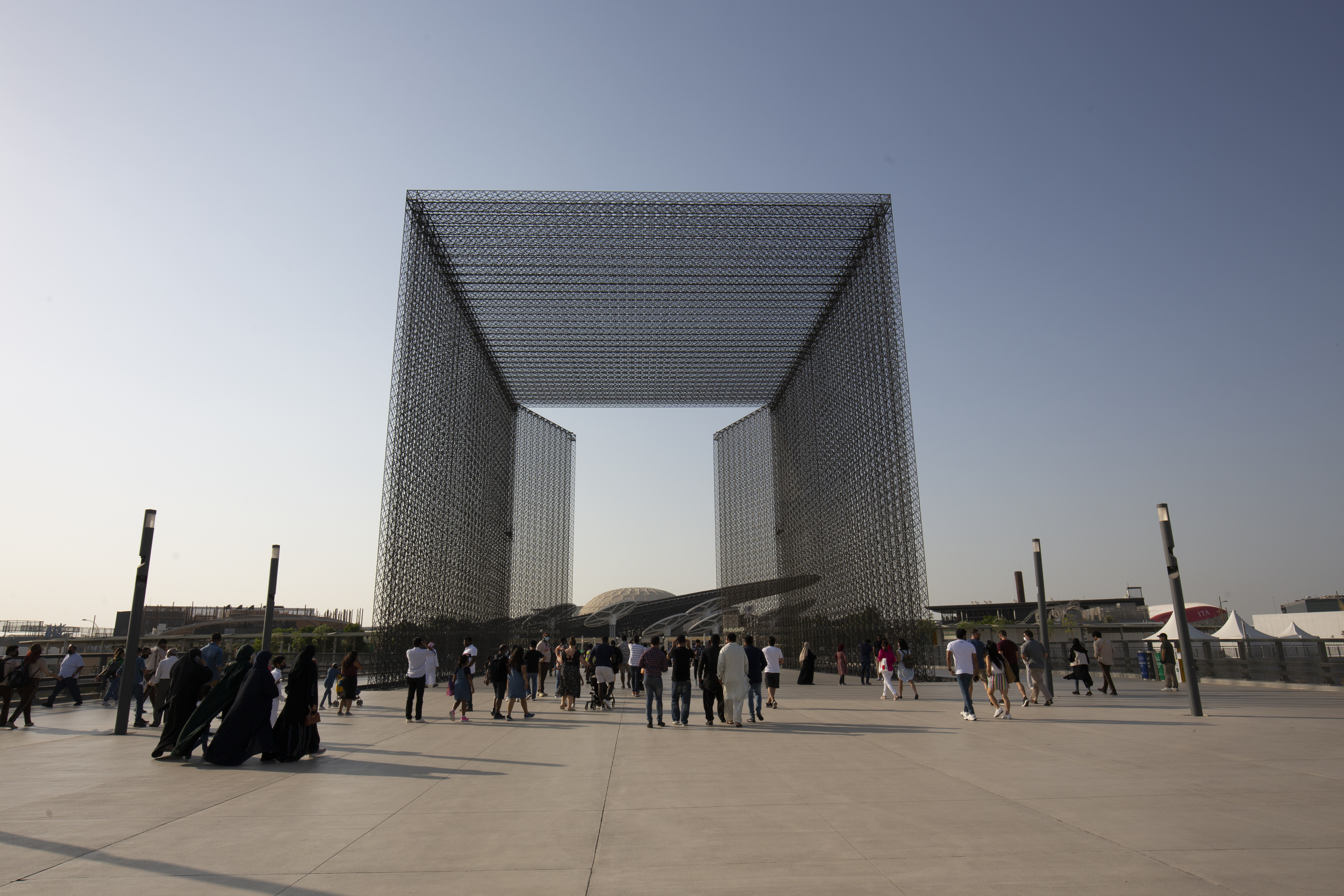
The day’s events will start at 11:00 am (9:00 am CET), in the Anfiteatro space, with an International Forum on “The European Capitals of Culture and the New European Bauhaus: how to build beautiful, sustainable, inclusive places”. The conference aims to bring to the fore the contribution of the Capitals to the New European Bauhaus, an innovative initiative launched by the European Commission aimed at fostering cooperation between thinkers and doers in imagining and creating places that are “beautiful for our eyes, minds and souls”. The examples that will be presented will show how the Capitals are redesigning our living spaces by bridging the worlds of culture and science, getting citizens involved, leaving no one behind and promoting accessibility. The conference, moderated by the RAI journalist Barbara Carfagna, will be opened by Paolo Glisenti, Commissioner General of the Italy Pavilion, followed by Benedetto Della Vedova, Deputy Foreign Minister, Barbara Gessler, Head of the “Creative Europe and ECoC programme” Unit - European Commission. Rossella Tarantino, Development and Relations Manager of Matera-Basilicata 2019 Foundation, will introduce the key topics of the Forum, followed by the keynote speaker Carlo Ratti, director of Senseable City Lab at MIT, who is also one of the designers of the Italy Pavilion. The European Capitals of Culture projects will be presented by Thierry Kruchten, Head of Tourism, Mobility and Sustainable Development - Esch 2022, Sara Vuletić, Programme Director - Novi Sad 2022, Dovilė Butnoriūtė, Head of International Relations- Kaunas 2022, Kaja Širok, Head of the EPICenter programme of a joint cross-border European Capital of Culture - Nova Gorica 2025, Rita Orlando, Project Manager at Open Design School of the Matera-Basilicata 2019 Foundation. Concluding remarks will be drawn by the Mayor of Matera, Domenico Bennardi.
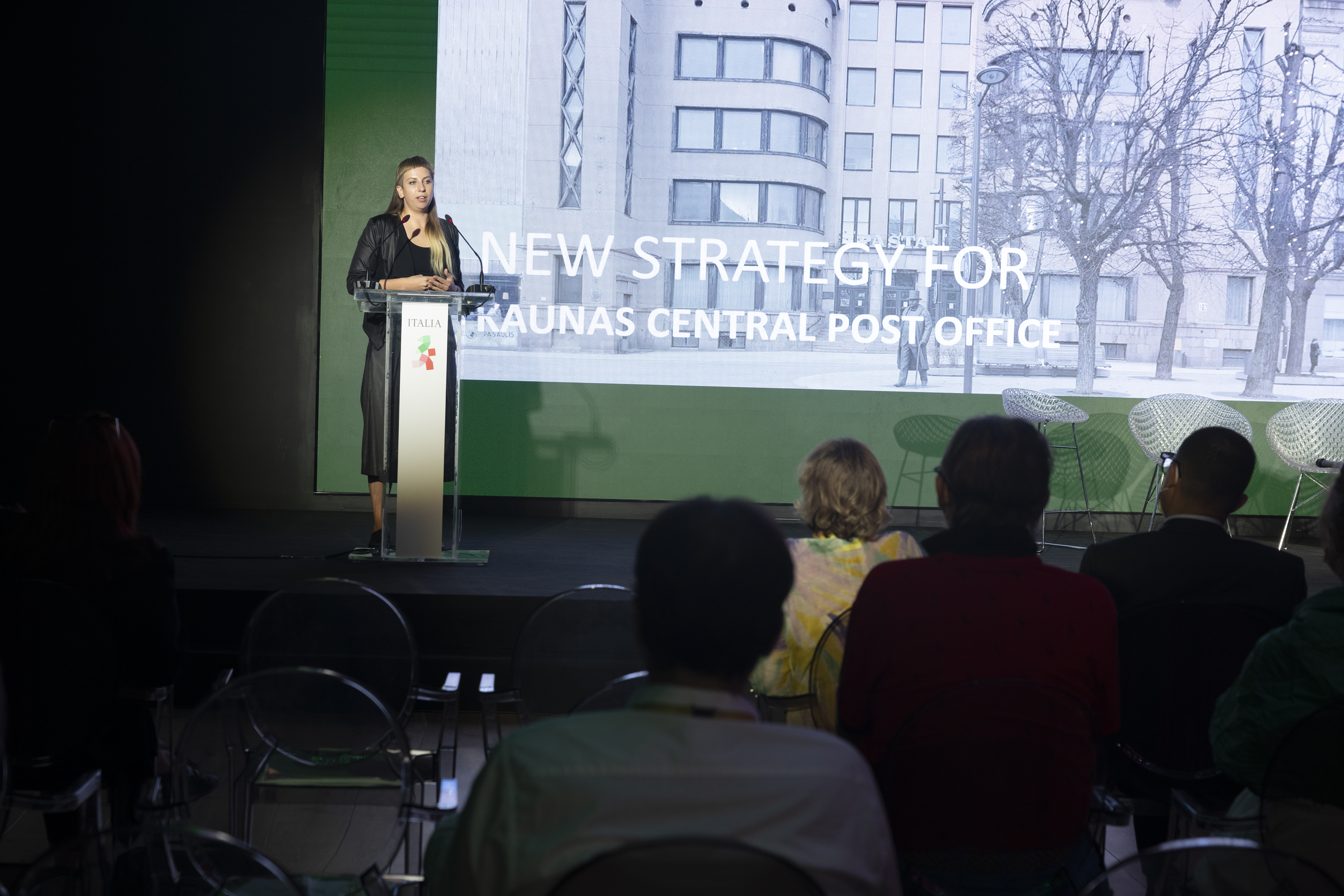
“Urban/rural: designing through culture new connections between overcrowded and sparsely populated areas” will be the focus of the second International Forum, scheduled for 4:00 pm (2:00 pm CET) in the Anfiteatro space. This conference will centre on several urgent issues raised by the pandemic, such as the need to imagine a more sustainable world based on a more balanced connection between these geographic areas, the role that culture can have in regenerating rural areas, overcoming stereotypes and building contemporary narratives about the resilient communities inhabiting these areas, and the “temporary citizenship” of artists and 21st century nomadic communities as a new way of repopulating these places.The Forum, opened by Rossella Tarantino and moderated by Beatriz Garcia, Associate Director of the Centre for Cultural Value at the Universityof Leeds, will host the following speakers: Chryssa Martini, Director of Premises & Infrastructure, Location Planning of the Artistic Programme - Eleusi 2022, Friderika Mike, Director of Programme Development - Veszprem Balaton 2023, Mika Vierimaa, Head of Administration- Oulu 2026, Giovanni Oliva, Director General of the Matera-Basilicata 2019 Foundation. The Mayor of Pietrapertosa, Maria Cavuoti, and the Mayor of Tricarico, Vincenzo Carbone, two of the Lucanian communities that still retain traces of Arab culture, will also be in attendance.

Both forums will be streamed on Italy Expo’s and Matera 2019’s Facebook pages, as well as on the pages of the European Capitals of Culture involved.
The Accademia space will be host to an event (with both a morning and afternoon session) called “The ECoC game”, a moving workshop on cultural geography developed by the Open Design School, a Matera-Basilicata 2019 Foundation initiative offering best practices at an international level in the field of new design practices, which has also become a partner of the New European Bauhaus. By playing live in an immersive and engaging way, Expo visitors will be able to embark on an imaginary journey into present and past European Capitals of Culture, in order to discover the highlights, curiosities and characters connected to the history of this project, which is fundamental to the lives of dozens of cities across the entire European continent.
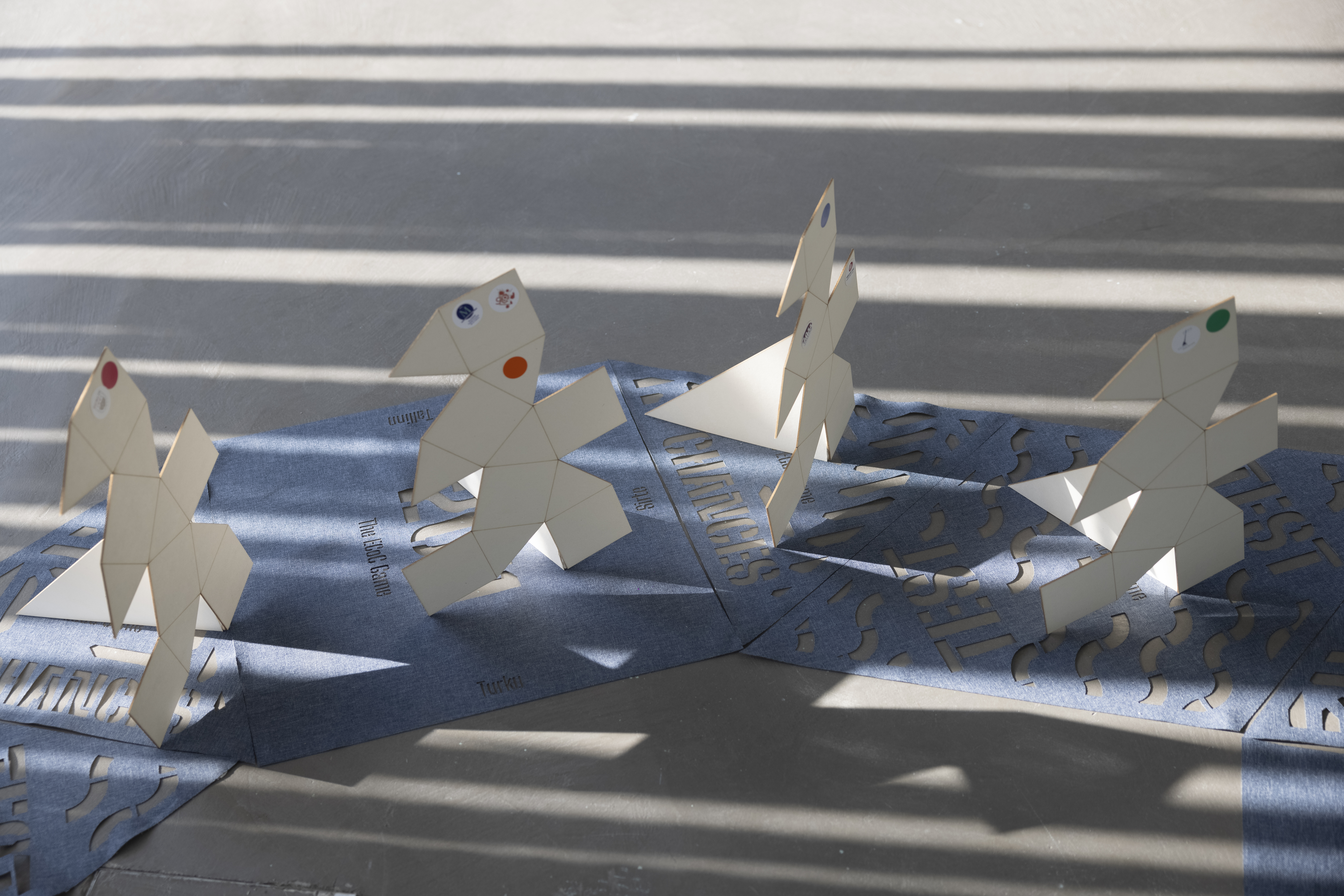
The day’s events will end in the Anfiteatro space at 6:30 pm with the performance of “Dubai Session”, presented by Open Sound, an original project by Multietnica, co-produced by the Foundation for the official programme of Matera European Capital of Culture 2019. The format creates new repertories and stages original collective performances based on the fusion of contemporary electronic music and traditional sounds, transforming a musical archive into a promise for the future. The performance designed for Expo 2020 will be a moment of acoustic dialogue which will offer a live return to the result of the artistic co-creation and cultural hybridisation with Arab culture, generated by the encounter between Gaetano Dragotta, known as go-Dratta (the producer), the Arab musician Imad Kawala (caval) and the traditional percussionists from Basilicata - Agostino Cortese (percussion and cupa cupa friction drum) and Alberico Larato (zampogna bagpipe and lyre). The event will open with the spoken DJ set “Road to Open Sound” by Alioscia Bisceglia, where he, in the dual role of performer and project ambassador, will narrate, using music and words, the genesis and journey of Open Sound from 2019 to today.


